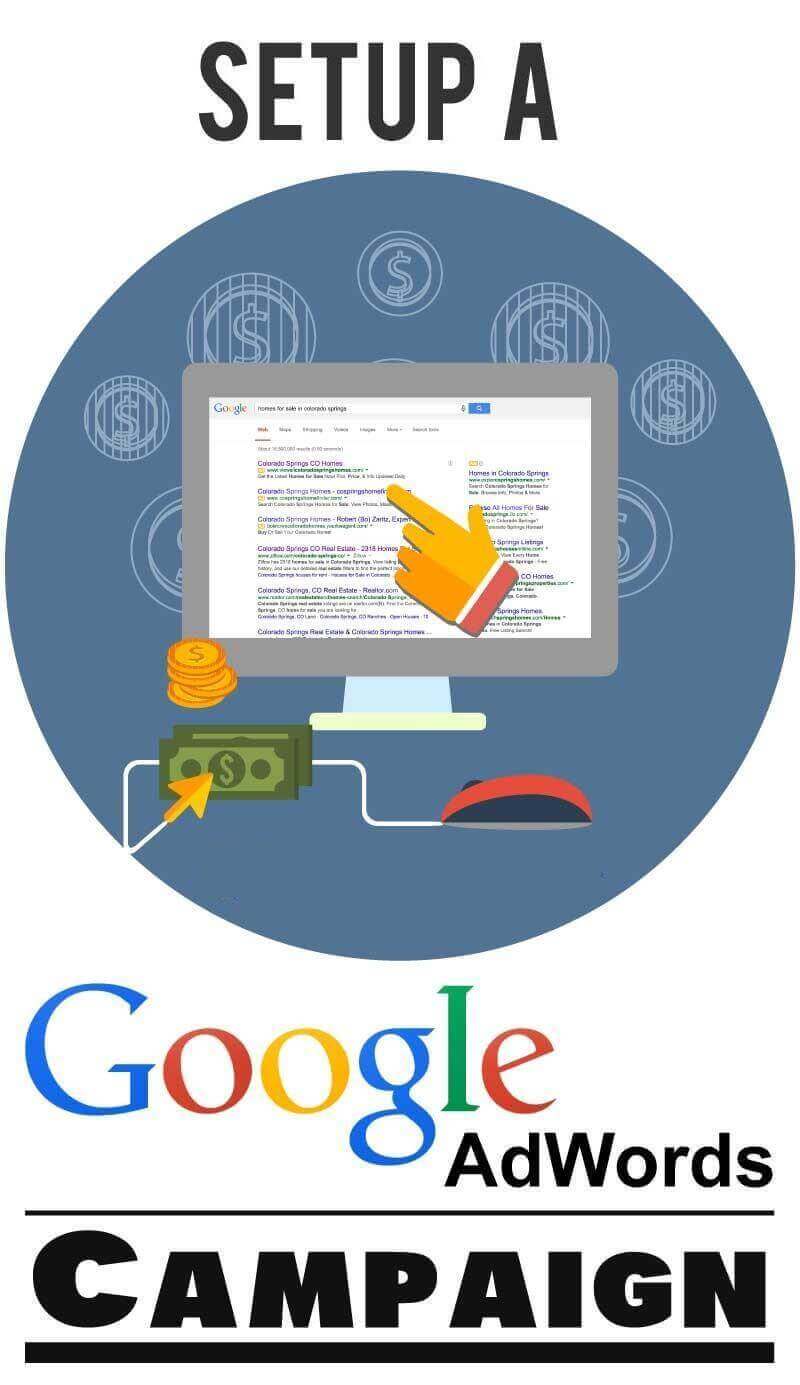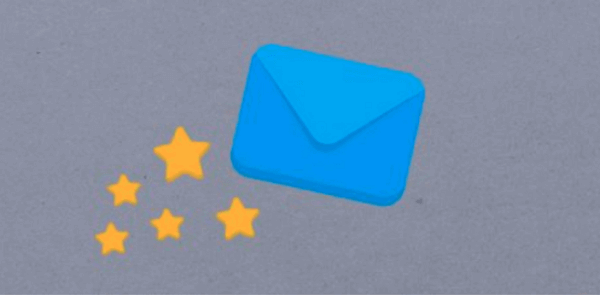Software as a Service (SaaS) is a form of software delivery where a customer subscribes to a centrally hosted version of the software, instead of buying the entire software and installing it locally. Most of the end-users across the globe favor SaaS for communication and business purposes.
This article covers the top ten techniques to master the art of SaaS marketing that also facilitate small SaaS businesses to stay in the competitive market.
1 Use a sales prospecting campaign concurrent to marketing efforts
Usually, SaaS marketing people arbitrarily try to achieve prospects several times in a month. If they are unsuccessful, they discontinue following up that person. So a better approach to get through such cool prospects is to utilize a prospecting campaign with the following steps-
- Send a voicemail after sending an email.
- Follow up with an informative document and then call that person.
- Send a package with relevant discount information.
- Keep on following up.
2 Know well about whom you are pitching to sell
SaaS marketers often use shortcuts to elevate online due to the ingrained online nature of SaaS. Being well familiar with your current customers is a nice starting point to understand your target audience. Once you have judged who your ideal customers are, understand their journey that leads to a purchase. This will help you to acquire prospects soon in the early stage of the marketing funnel.
For instance, you are able to get leads successfully by turning strangers into buyers by offering them company’s e-book in exchange for their email id. Now once you have their email addresses, covey them that you have the privilege to sign them up as a free user to your SaaS. Then email them with helpful tips about their new subscription and how it can benefit them.
3 Set up an effective CRM to boost sales
Go ahead with the most efficient marketing strategy by adopting a CRM tool like Pipedrive. It is a paid tool which improves your marketing efforts and yields quick outcomes by grabbing audience attention and getting gigantic conversions. This sole platform enables you to observe leads in the different stages of your sales funnel and evaluate the performance of your sales team.
4 Line up your advertisements to the buyer’s journey
Remarketing lists are very useful to align your ads to the buyer’s journey. For instance, build a Facebook campaign to drive more traffic on your site’s sales page. Also, create and post the content as per the audience interest. For this, launch an awareness ad set for your blog posts targeting a large audience as well as a consideration ad for serving consideration phase content to a remarketing list of your site visitors who liked the content on your web pages.
At last, make and launch a decision ad set targeting those users who have gone through your demonstration, software cost, or other decision phase pages. Offer them demo sign-up ads.
5 Enhance user experience (UX)

If you have a high-quality product, people will appreciate and also share it among their contacts on social media. You can enhance UX by praising your customers after they have purchased your software and let them feel good. You can also send emails with short animations, comic Gifs, etc.
A customer should be able to get help with the minimum number of links clicked. If the problem is hard to solve by mail replies then provide the required technical support on phone calls. You can include options like Troubleshooting on your web page but let the customers feel free to contact via phone call when the problem is too complex to solve.
6 Utilize account-based marketing funnels
Account-based marketing (ABM) funnels provide a very successful way to promote your SaaS business. Identify your potential customer groups by title, business, or any other classifying parameter and create appropriate content for their particular decision-making process. Figure out the interest of that particular group regarding your solution and provide answers accordingly.
ABM funnels are very effective in boosting conversions as they are targeted on all kind of market segments. These funnels also help you to focus on your most potential customers without adopting ordinary marketing messaging procedures.
7 List your startup on many review sites and tools lists
These are of great help to perform effective outreach efforts and achieving the targets. Find those major sites that have listed various tools, apps, or resources links related to your product. Test them with a free trial and also add your tool to their list.
You can do a Google search to find such sites list by adding keywords like tools, reviews, apps, resources, in your search term. This is very useful to grow your brand awareness and getting more web traffic on your site that also boosts your website ranking in search engine results.
8 Use Google AdWords for paid ad campaigns

Begin with an approximate target cost per acquisition (CPA) and if you get that within a couple of months, start improving your campaigns with ad copy and image testing, keyword and bid optimization, etc. Such ad campaigns through Google AdWords will certainly bring you more profit on each lead at a lower cost of investment.
9 Correlate your lead flow with a sturdy client retention strategy
Lead flow and customer retention are the two vital elements of SaaS marketing. For a flawless lead flow, you should create a testimony or video training tutorial about the problems solved by your software. This report is crucial to fetch new leads in routine and is a valuable piece of content for readers that bring your software into the limelight.
Next step is to send a series of emails with detailed expert training required to use the product in diverse situations. So the customers get fruitful outcomes from your software which keeps them engaged using it.
10 Use email automation tactics

Email automation is a major part of SaaS marketing strategy. Sending emails with relevant messages to the buyer journey is vital to capture leads and improve retention rate. An automation system is needed to enhance email marketing process and get the most in minimum time.